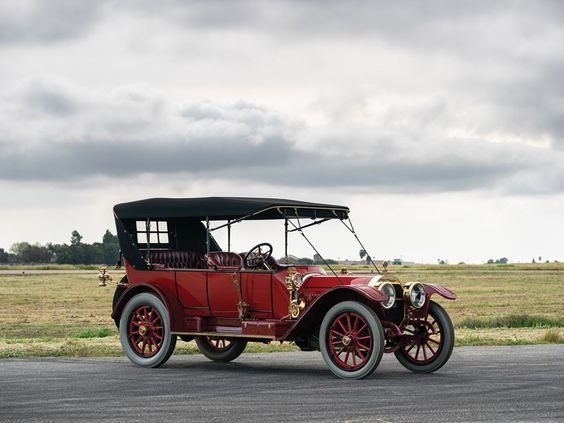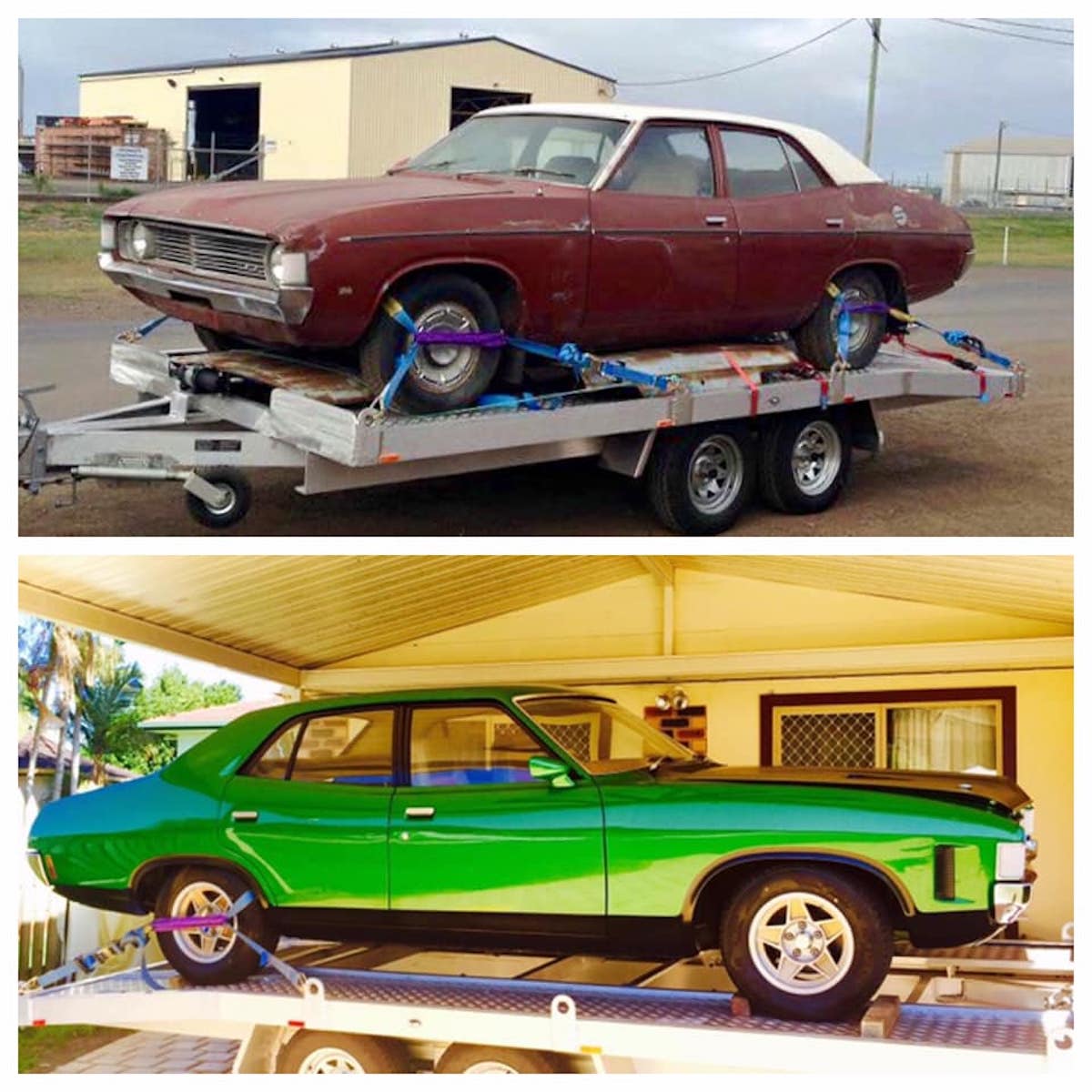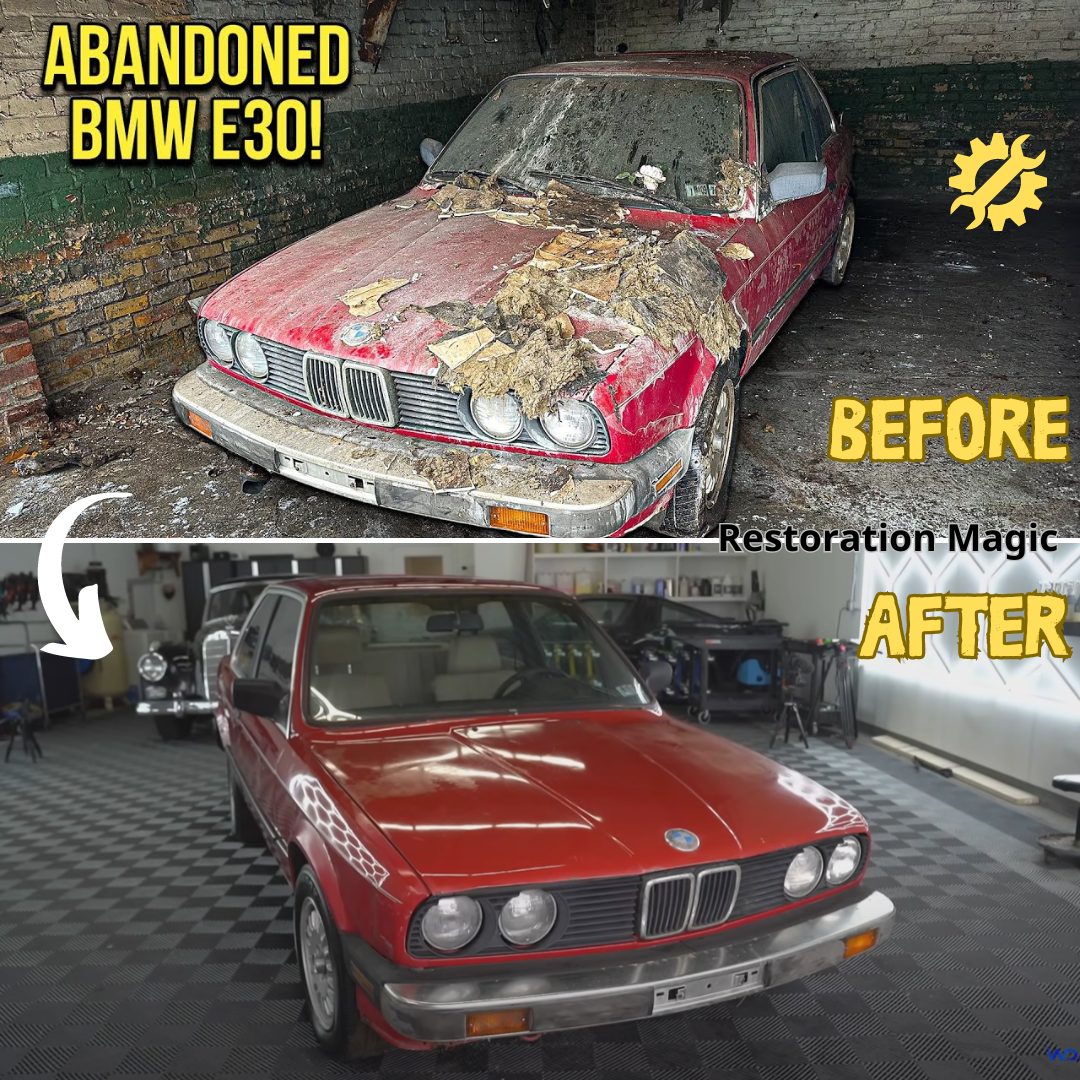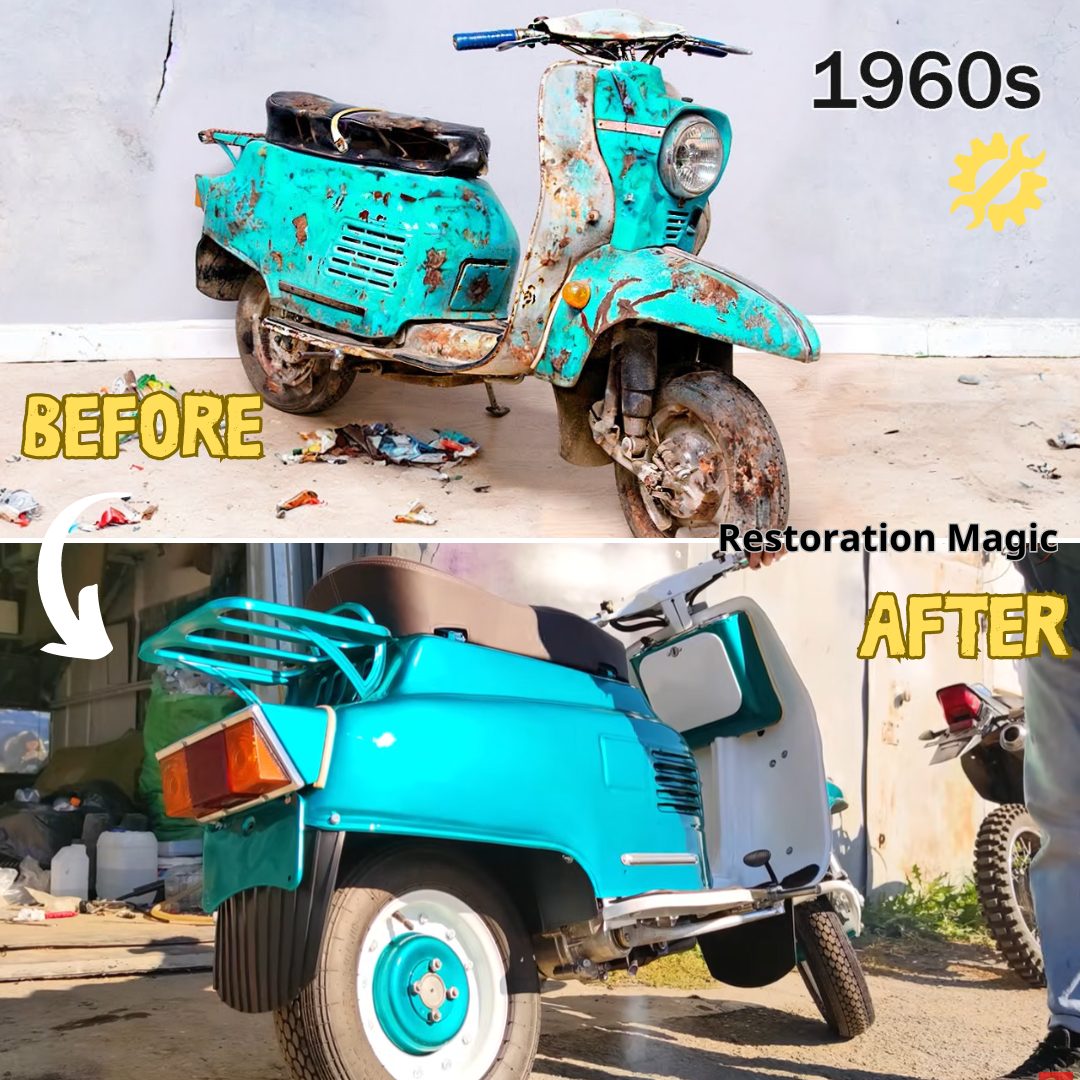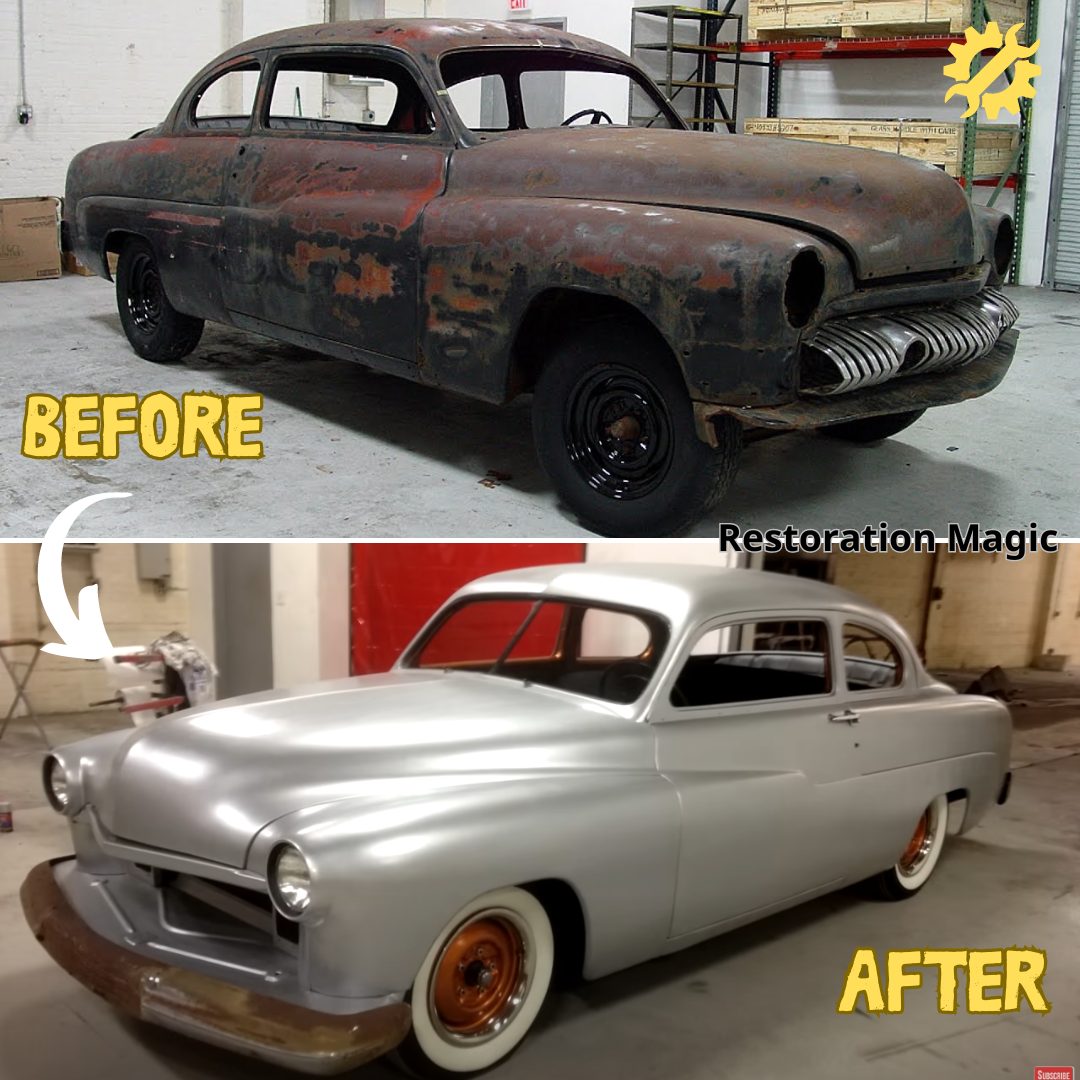The 1914 Locomobile Model 48 Seven-Passenger Touring was a remarkable automobile that showcased the exceptional quality, speed, and engineering for which Locomobile, a highly respected US automaker, was renowned. With its powerful 7.0-liter, six-cylinder engine, this model left a lasting impression on car enthusiasts and was often referred to as the American Mercedes.

Introduced in 1911, the Locomobile Model 48 quickly gained popularity among prominent buyers who appreciated its luxurious features and performance. Figures such as Wrigley, Carnegie, and the Vanderbilts were among the esteemed individuals who sought after these vehicles.
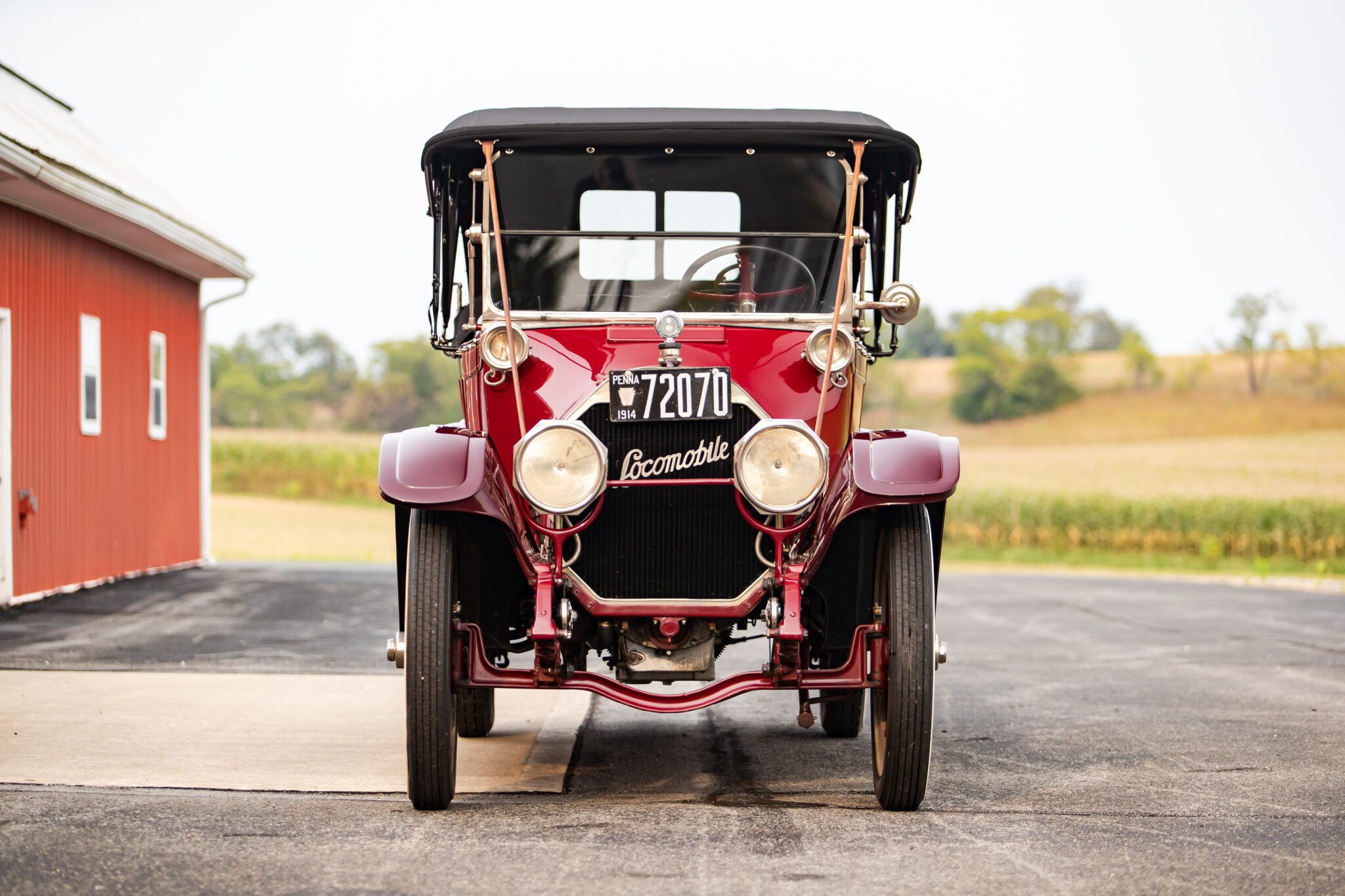
One of the standout features of the Locomobile Model 48 was its custom coachbuilt bodies. These lavish designs added an extra touch of elegance and uniqueness to an already impressive automobile. The bodies were meticulously crafted, paying attention to every detail and ensuring that the vehicle exuded opulence from every angle.
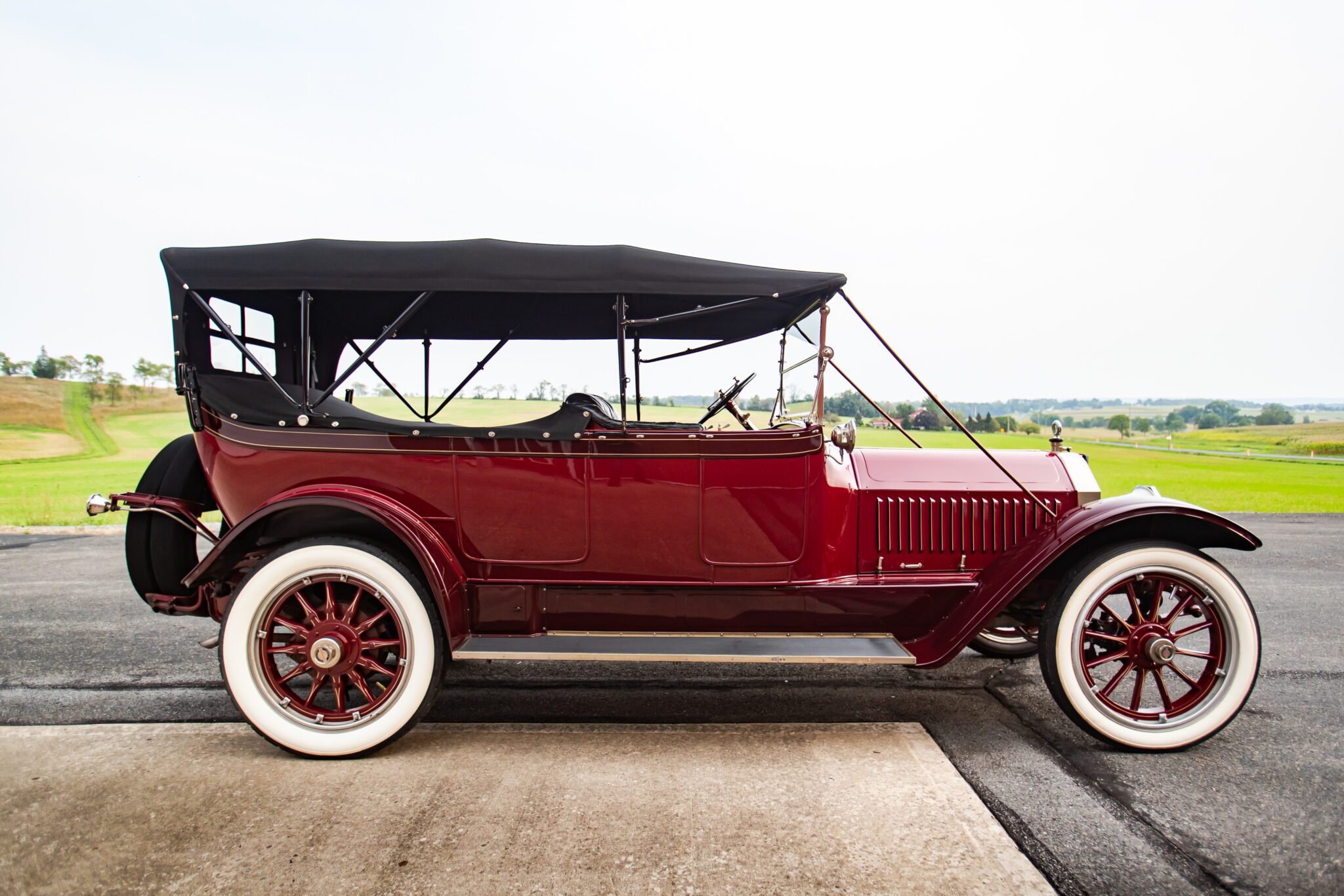
The Locomobile Model 48’s power and performance were truly exceptional for its time. The 7.0-liter, six-cylinder engine provided ample horsepower and torque, allowing for a smooth and exhilarating driving experience. Its speed capabilities were considered impressive, enabling drivers to reach notable velocities and enjoy the thrill of the open road.
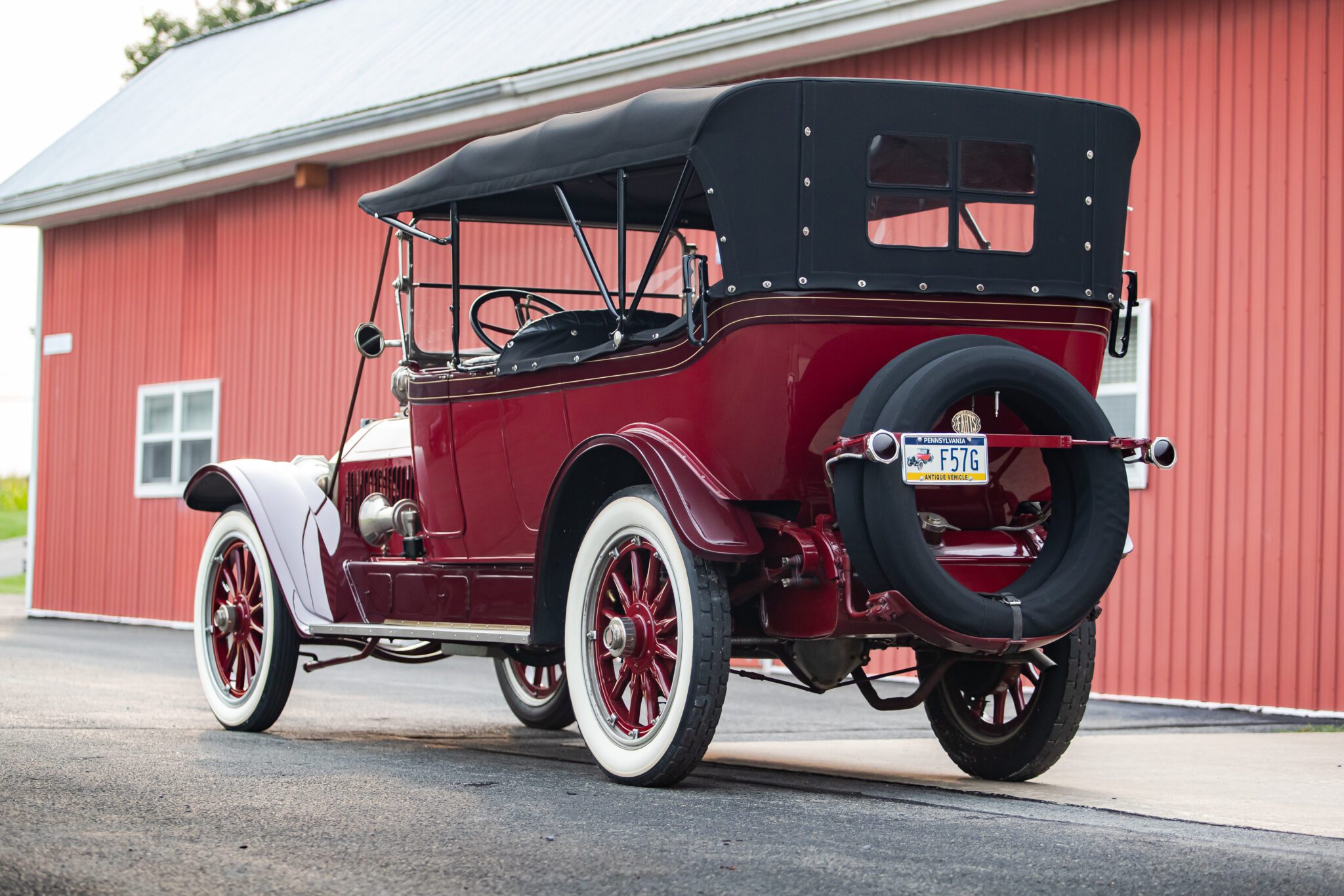
In addition to its mechanical prowess, the Locomobile Model 48 also offered a spacious and comfortable interior. With its seven-passenger capacity, it was ideal for accommodating larger groups of people. The seating arrangements were designed with luxury and comfort in mind, ensuring that passengers could travel in style and enjoy a smooth and pleasant journey.

Overall, the 1914 Locomobile Model 48 Seven-Passenger Touring was a prime example of the craftsmanship and innovation that Locomobile brought to the automotive industry. Its exceptional quality, speed, and engineering made it a sought-after vehicle among the elite of its time. With its custom coachbuilt bodies, powerful engine, and luxurious interior, it truly stood out as a symbol of elegance and sophistication on the roads of early 20th-century America.
